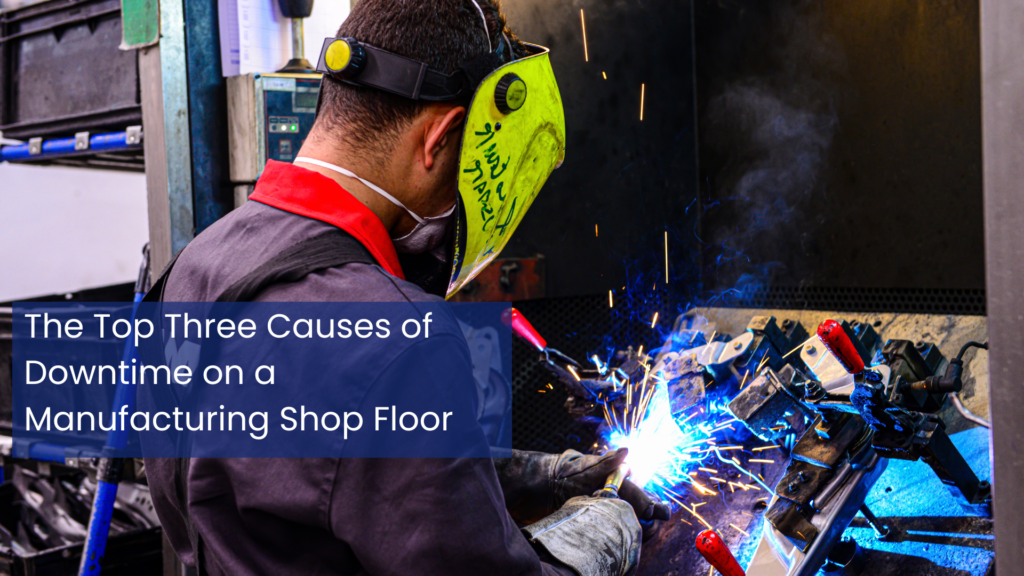Running any kind of business comes with its own set of challenges, but when it comes to manufacturing, facing unexpected downtime can be one of the most frustrating hurdles to overcome. Not only can it significantly injure your company’s production, but it can also cause a severe strain on your finances. Fortunately, understanding the key reasons behind downtime can help you prevent them from occurring. Today, we’re going to talk about the top three causes of downtime on a manufacturing shop floor, and how you can avoid them.
Equipment Malfunction
Equipment malfunction can be one of the leading causes of downtime in a manufacturing setting. Even if you conduct regular maintenance and upkeep, mechanical problems can still occur unexpectedly. If a machine breaks down and requires repair, the production comes to a halt. To avoid equipment malfunctions that lead to downtime, it’s critical to ensure your machinery is well-maintained, cleaned, and routinely inspected by your maintenance team. In addition, implementing a proactive maintenance schedule can help identify problems before they become more significant issues.
Power Outages
In a manufacturing setting, power outages can occur unexpectedly or due to external factors such as severe weather conditions. Without power, the machinery will shut down, and production will come to a standstill. As a preventative action, investing in backup generators or alternate power sources can help mitigate downtime in case of a power outage. It’s also important during the planning stages of your manufacturing operations to consider setting up an uninterruptible power supply (UPS), which can provide temporary power to keep the machines running until power is restored.
Human Error
Human error is another substantial factor that leads to downtime in a manufacturing setting. Even when your employees are well-trained, mistakes can happen, and these errors can range from minor to severe issues that require an entire shutdown of the production line. To reduce human error, consider implementing stringent protocols and quality checks. Additionally, ensuring that all your employees receive the necessary training to use the machines and that they understand specific safety protocols can help prevent accidents that lead to downtime.
As a small business owner, preventing downtime should be an essential aspect of your manufacturing operations. By understanding the three main causes of downtime – equipment malfunctions, power outages, and human error – you can take proactive measures to avoid the impact of downtime on your output and finances. Strive to invest in quality equipment, be prepared for power outages with contingencies, and ensure that your employees are trained and follow the proper protocols to avoid human error. With these measures in place, you can significantly reduce the risk of downtime and ensure that your manufacturing operations run smoothly.




